When I first heard about this lens, I wasn’t sure what to make of it. It’s a long 135mm portrait prime with not a particularly large aperture (f/2.8), even lower light transmission (T4.5), and manual focus selling for $1400. Yikes. No wonder I haven’t heard about this lens. It must be an overpriced dud. Or is it?
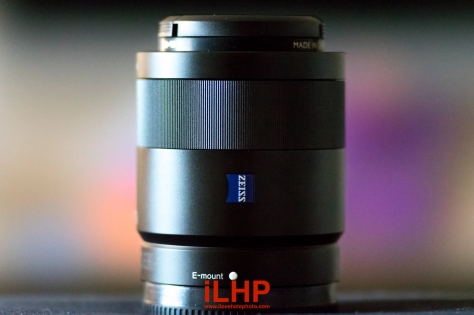
What really caught my attention was its image quality. Expectedly, the lens is razor sharp since it’s a portrait prime. Unexpectedly, the lens is absolutely bokeh-licious. I mean, just look at the shot above taken at ISO 12,800. This lens produces the coveted creamy bokeh we talked about last week and that high-end modern lenses strive for. However, it was introduced way back in 1999 by Minolta, before Sony bought the company, and it is still in Sony’s lens lineup today alongside another heavy-hitter, the Zeiss 135mm f/1.8.
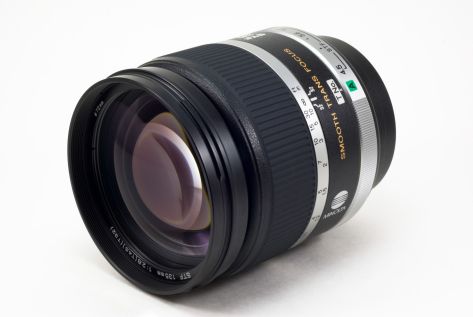
This exotic twin-apertured lens is the Sony/Minolta 135mm f/2.8 STF (T/4.5). It has some sort of cult status, inspiring fans to spawn dedicated websites. My favorite lens testing site, the meticulously German Photozone.de, also gave this lens 4.5 stars out of 5 in Optical Quality, Mechanical Quality, and Price/Performance categories, earning it the rare “Highly Recommended Green Thumb’s Up“. This is the best portrait lens you’ve never heard of. Just what makes this lens the True King of Bokeh?
The Technology
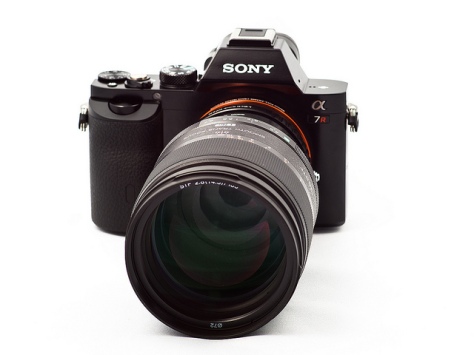
At the heart of this lens’ technology is its apodization element (APD), sandwiched in front of twin apertures, a 9 blade circular aperture controlled electronically and a perfectly rounded 10 blade infinitely adjustable (step-less and great for video work) aperture controlled manually.
The APD element essentially turns out-of-focus blurs into blurs with no defined edges. This is some crazy stuff (see the image above). This is also different from “soft focus lenses” that blurs the entire field of view or Nikon’s Defocus Control which only selectively blurs the front or the rear of the point of focus.
This Minolta designed Sony lens is currently the only lens in the world that blurs both the foreground and the background at the same time. Fuji just announced in September that they are coming out with an apodization lens for their APS-C cameras. So maybe APD elements will make a comeback but Minolta was certainly ahead of its time.
As for its twin apertures, I really can’t think of another lens with two apertures. Nor could I really find a reason to have two instead of one. Theoretically, you can control both apertures in tandem, perhaps shaping the bokeh while maintaining exposure control? I have no idea.
I can adjust the aperture using the step-less rounded 10 blade aperture by hand. But since I only use a manual Alpha – EF adapter to mount my lens, the 9 blade electronically controlled aperture remains open for me so I can’t experiment using both at the same time. The internet doesn’t seem to have an answer for this mystery yet.
The Bokeh

Exotic technologies aside, the result speaks for itself. The model remains tack sharp while the background is just blown away. Another consequence of the APD elements is a decreased light transmission, so while it is a F/2.8 lens, the T-value is actually T/4.5 (so it loses 1.5 stops of light while depth-of-field remains at 2.8). This means, no need for ND filters in broad daylight when shooting wide open to bring down the exposure. You can shoot on a sunny beach at f/2.8.
If we zoom into the bokeh, we can see the apodization effect. The bokeh balls are blurrier at their edges and brighter in the center. This quality makes the overall bokeh creamy and indistinct.

Handling wise, the f/2.8 aperture makes manual focus much more manageable than f/2 or f/1.8 while the APD takes care of the bokeh. I suspect this is the reason why they chose this design. Nailing critical focus on the Sony A7 with its zoom-in focus magnifier is quite easy.
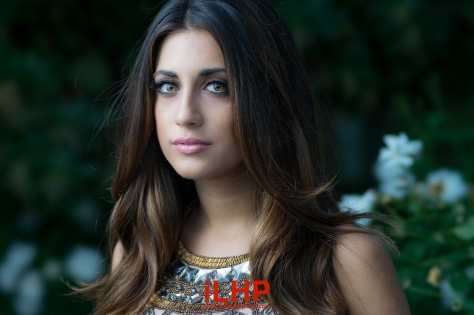
The lens isn’t without its faults. Firstly, it is prone to flaring/ghosting on a mirrorless camera. Shooting a subject against strong backlighting will produce a haze over your field of view. This seem to be an recurring issue because it happens with my Leica 35mm f/2.8 Summaron also. I suspect since there is no longer a mirror in the way between the rear element and the sensor, light is getting bounced every which way causing the flare/ghosting.
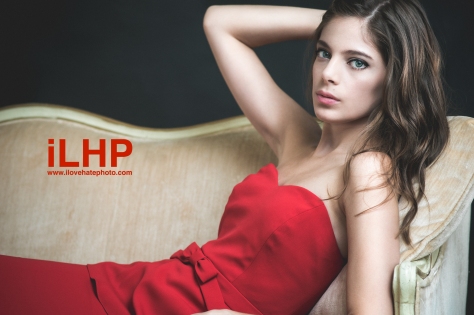
Secondly, since its light transmission values are reduced by the APD element, this lens isn’t designed for indoor natural lighting photography. But 135mm portrait primes are usually not shot indoors without strobes or lights anyways.
Conclusion
All in all, the Sony/Minolta 135mm f/2.8 STF is a cult classic. Its APD elements melts the background and foreground will keeping the subject in sharp focus. Its stepless aperture benefits videographers with smooth aperture changes. Finally, its twin aperture design makes it one of the most exotic modern lenses ever created.
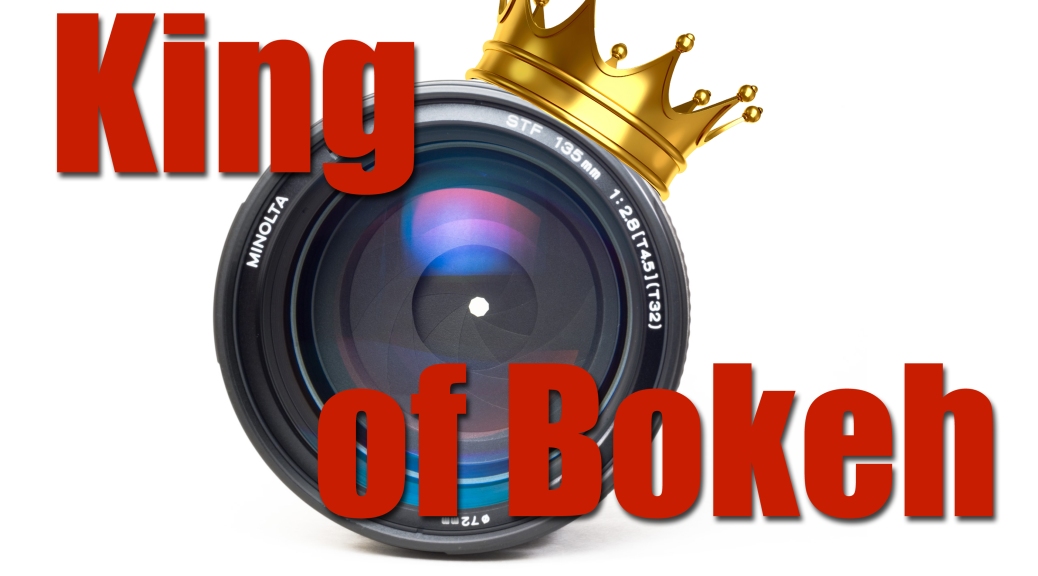
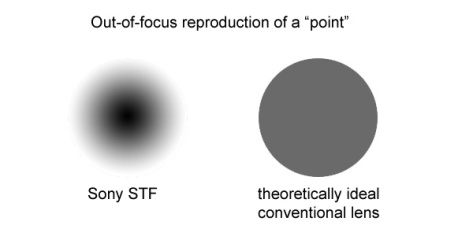
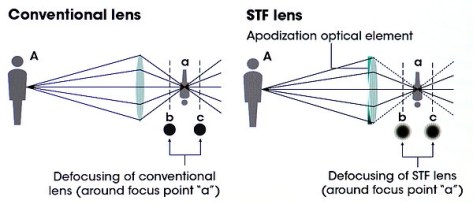
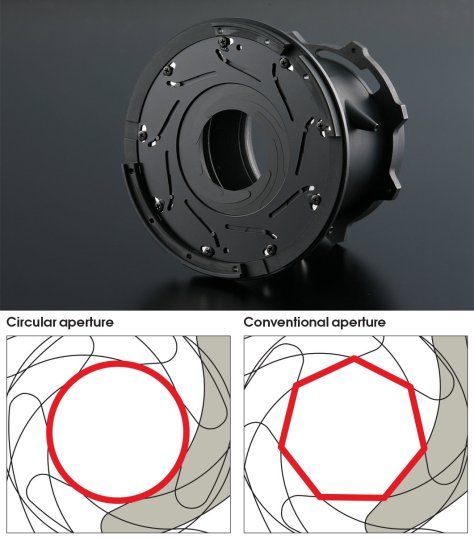


Interesting Lens, produces very similar results to the Canon 0.95 “Dream Lens” which you can read about in these reviews …
http://www.stevehuffphoto.com/2014/09/18/living-in-dreamtime-re-visiting-the-canon-dream-lens-50-f0-95/
http://www.stevehuffphoto.com/2013/06/03/the-canon-50mm-f0-95-dream-lens-an-amazing-dreamy-classic-50mm-on-the-m-240/
http://www.stevehuffphoto.com/2011/12/12/user-report-the-canon-50mm-f0-95-for-leica-m-by-konstantin-mihailov/
http://www.paulmarbrook.com/sony-a7-canon-50mm-f0-95-dream-lens/
https://www.facebook.com/pages/Canon-50mm-f095-Dream-Lens/422827231098318
http://bravnicar.blogspot.com.au/2012/09/the-light-giant-lens-that-made-history.html
The Canon sure can melt the background into cream. Only thing is, it’s also very soft wide open whereas the 135mm is tack sharp. Even the Canon EF f1.0 L or the current f1.2 L is quite soft in the center at its widest.
Very nice images, I guess the problem is that the lens has been overshadowed by the fabulous AF-equipped (but bigger and heavier) Zeiss 135/1.8